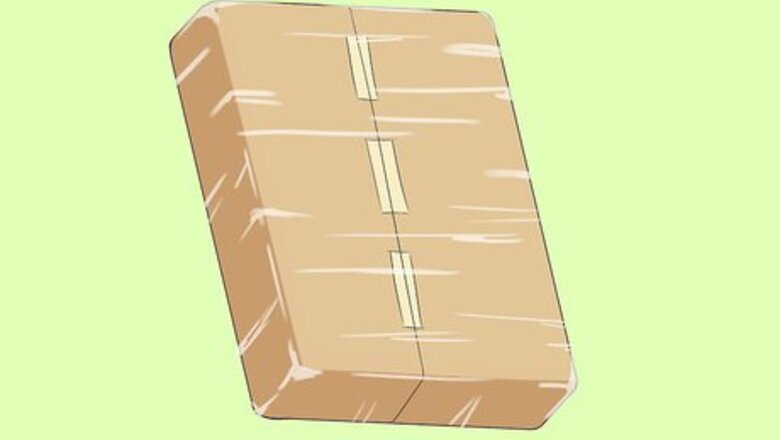
views
Wrapping the Books
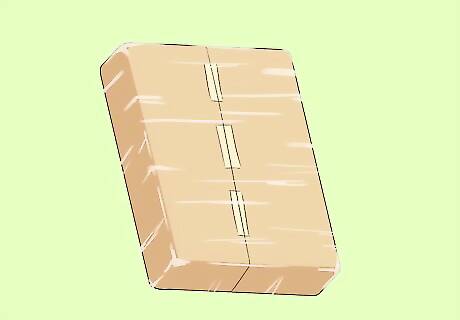
Wrap the books in plastic to protect them from water damage. A Ziploc bag is perfect if you can find one large enough; add extra padding by sealing a Ziploc bag most of the way, inserting a drinking straw into the gap, blowing air into the bag, then quickly sealing the bag shut to keep the extra air inside. Plastic newspaper delivery sleeves are also the right size for many books. Put the book in the bag, fold over the top of the bag, and seal it with packing tape. Otherwise, wrap the book in a grocery store produce bag or other plastic bag and tape the edges closed.
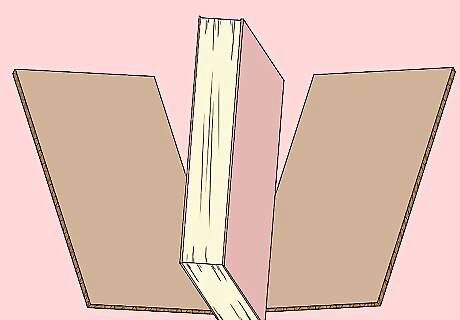
Sandwich the books in cardboard to keep them from getting bent. Cut two pieces of plain cardboard that are slightly larger than the book. Sandwich the book between them to protect the cover. Use plain cardboard rectangles, as cardboard with print or stickers may stick to the book or transfer print onto the cover.
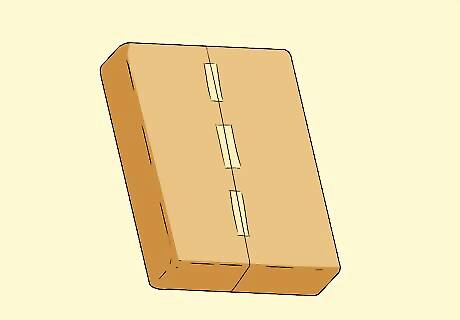
Wrap your books in paper. Wrap brown paper, newspaper, or wrapping paper around the plastic and cardboard protectors, then tape it in place. This secures the cardboard in place and helps keep the book clean.
Preparing the Shipping Container

Choose the right size container. Pick a sturdy box or container with some extra room for packing material around the edges. You’ll want to make sure your books can lay flat and that the edges won’t get squished or bent.

Fill the container. Line the bottom of the box with padding. Then, carefully add the books to the container. Add extra padding on top and around the books to keep them safe; bubble wrap, packing peanuts, and crumpled plastic bags are lightweight options. Crumpled newspaper works too, but the weight may add a bit more to shipping costs. Damage usually happens to the corners of hardcover books, which can get bent (or "bumped" as they say in the book trade). Pay special attention to padding the corners. If you have the space, separate all books with their own layer of padding. One way to do this is to sort the books by size, in stacks, and wrap each stack in bubble wrap.
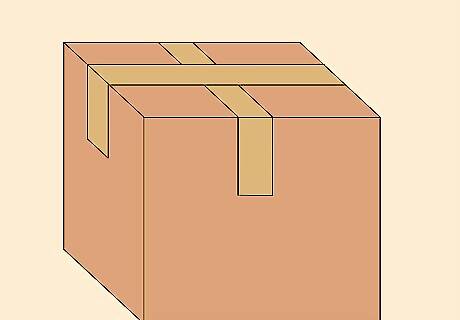
Tape the container securely. Close the box lid by laying the flaps flush, rather than weaving them together. Place packing tape halfway up one side, across the lid, and down the other side. Repeat with a second piece of tape in a cross shape. Cover any flap or opening with packing tape to prevent something from catching on it and ripping it apart. For extra protection, tape along each edge seam of the box as well, but don't use tape more than necessary. It's a nuisance if the recipient has to cut off yards of tape to get to the book.
Shipping the Books
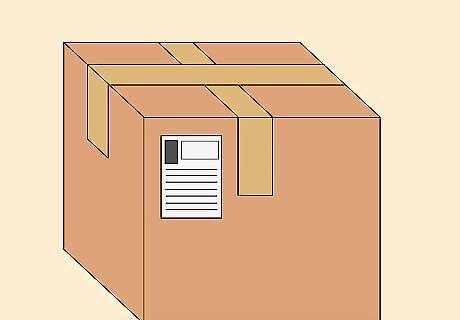
Address the package. Print a label or write the address and return information clearly. If your address label was printed on plain paper, it may tear in transit. Tape down the entire label with clear packing tape. Leave barcodes bare, since tape can make them more difficult to scan.
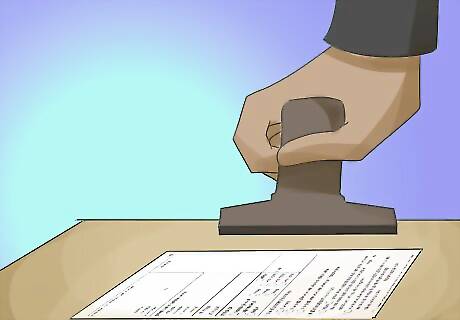
Mark the package as fragile. While this doesn’t guarantee that your books will arrive at their destination safely, it does let postal workers know to be cautious with your package. Use a red marker or ask a postal worker to provide a stamp or sticker for you.

Consider adding insurance. If you are sending a large quantity of books or books that are rare or valuable, you may want to purchase insurance. The insurance will provide you with money back in case your package gets lost or stolen.
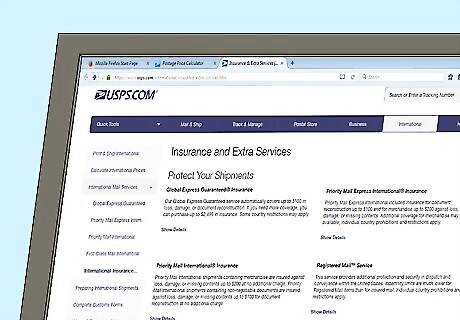
Track your package. In many cases, tracking numbers are now provided for free, but if they are not, add tracking to your package. This way you will know where your package is and when it gets delivered.

Ask for a discounted price for shipping books. The U.S. Postal Service allows you to send books, DVDs, CDs, printed music, and sound recordings through media mail at a discounted rate. The shipping container must weigh less than 70 lbs (32 kg) to qualify for media mail. Many other postal services also offer a discounted price for shipping books. Be sure to ask a postal worker about this option, as it can save you as much as 50% on shipping costs.



















Comments
0 comment